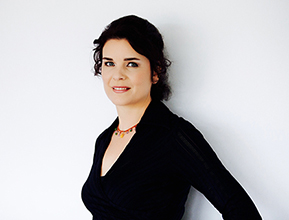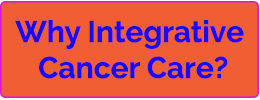Massage includes many practices and techniques primarily involving pressing, rubbing, and some manipulation of the body’s muscles and soft tissues with varying pressures and movements.
What are the potential health benefits of massage?
Studies suggest the following benefits from massage in cancer patients1-2.
- Improves relaxation and sleep
- Enhances immune response
- Relieves fatigue, pain, anxiety, and nausea
Other potential detoxification mechanisms from massage include shifts in the nervous system from the sympathetic to the parasympathetic and release of bodily chemicals.
Should cancer patients take any special precautions with massage?
Massage therapists with trainings and certifications in oncology are best qualified to provide services to cancer patients. Massage of a solid tumor site should be avoided and massage should be modified to work around adverse effects or complications of cancer treatments. Many other factors should be considered with massage such as blood counts and if lymph nodes were removed or treated with radiation. Guidelines exist, and the following lists some tips to consider.
Massage Tips for Chemotherapy
- No full-body regular massage the day of or the day after infusion
- No work anywhere near or on the infused arm
- Care and knowledge related to any port
- Knowledge about neuropathy and help with strategies to relieve it
Massage Tips for Radiation
- No lubricant or powder on the entrance or the exit radiation sites
- Knowledge about soothing first-degree or early second degree reddening of the skin with cool water compresses only
- No lubricants or powders during the entire radiation treatment regimen and for two weeks beyond
What is the history of massage?
Massage therapy dates back thousands of years. References to massage have been found in ancient writings from many cultures such as those of Ancient Greece, Ancient Rome, Japan, China, Egypt, and the Indian subcontinent.
In the United States, massage therapy first became popular and was promoted for a variety of health purposes starting in the mid-1800s. In the 1930s and 1940s, however, massage became less popular due to scientific and technological advances in medical treatments. Interest in massage revived in the 1970s, especially among athletes.
For More Information
- National Center for Complementary and Alternative Medicine Massage
- American Massage Therapy Association
- Society for Oncology Massage with information about massage therapists certified or trained in working with cancer patients





